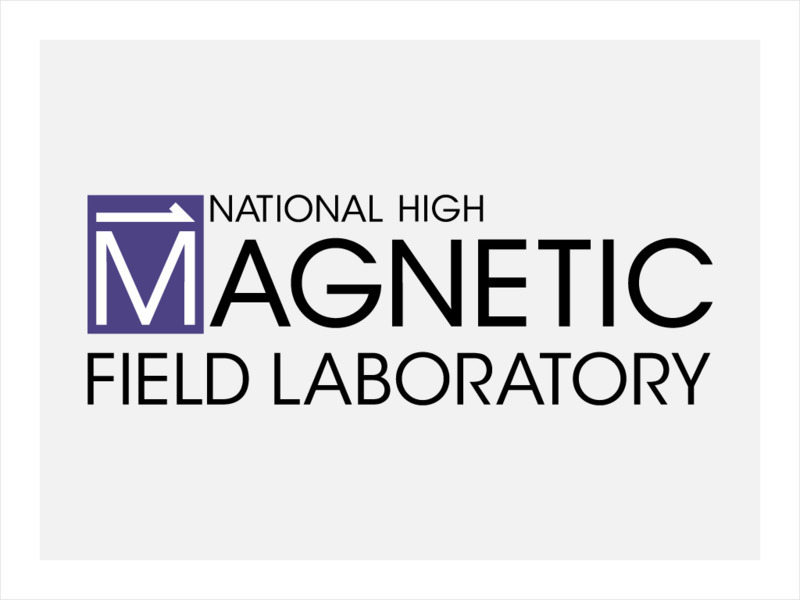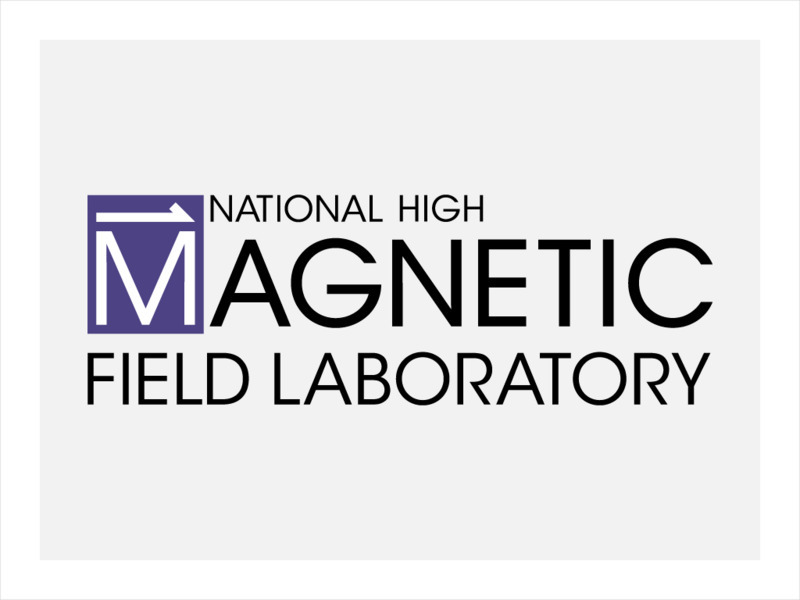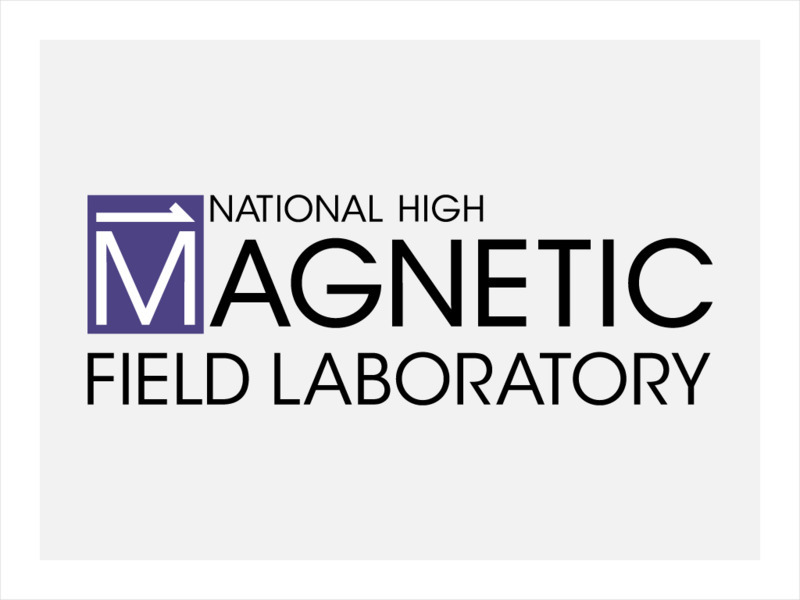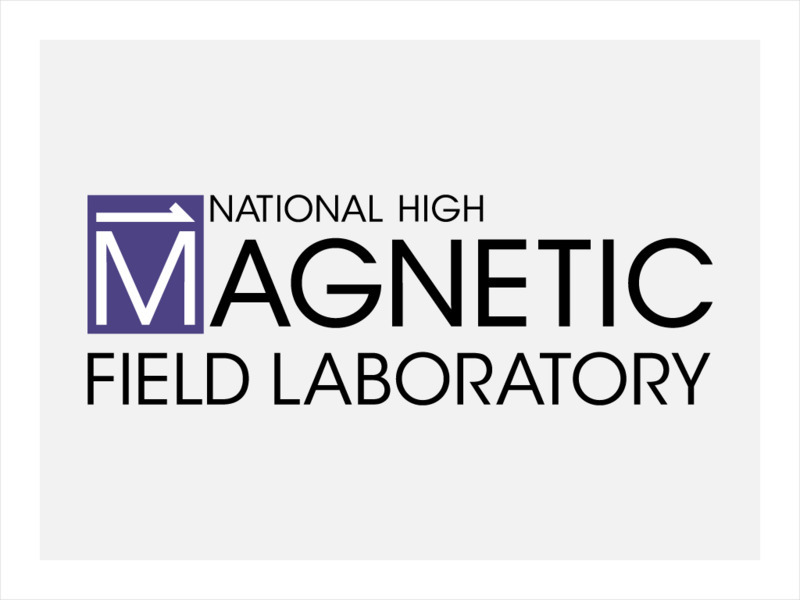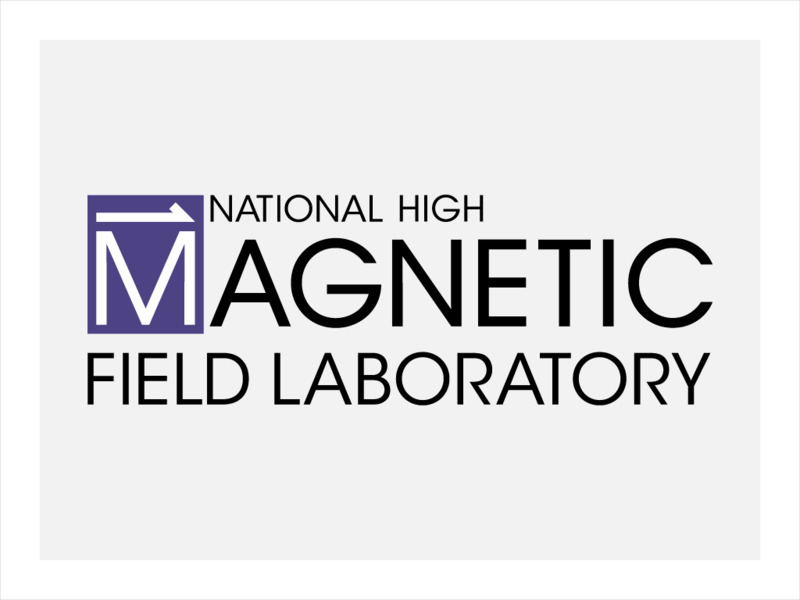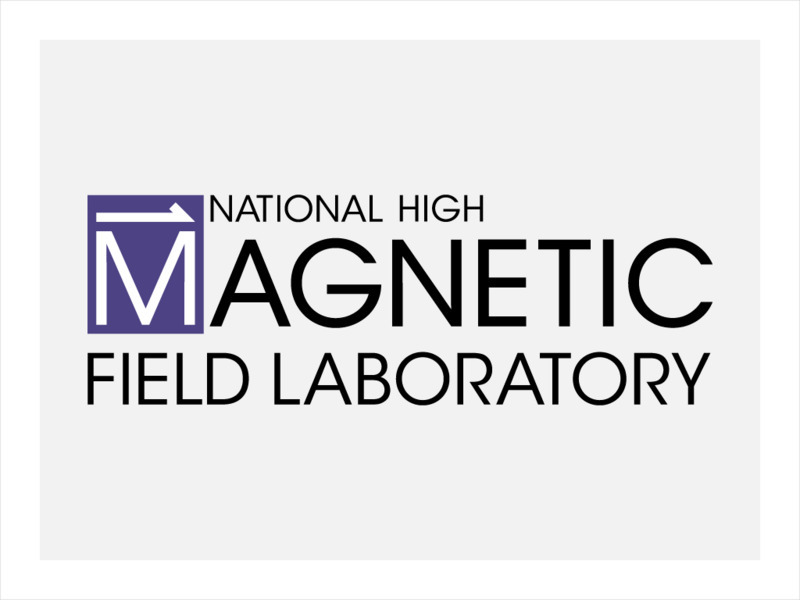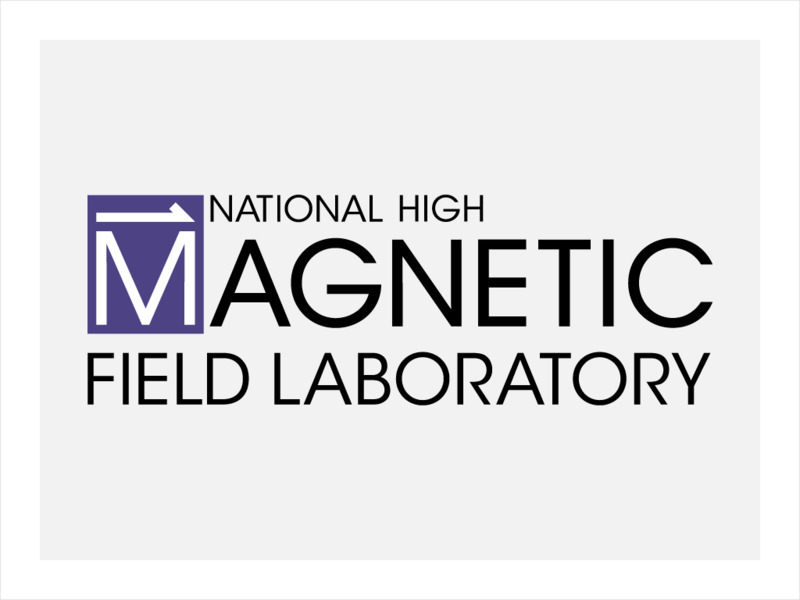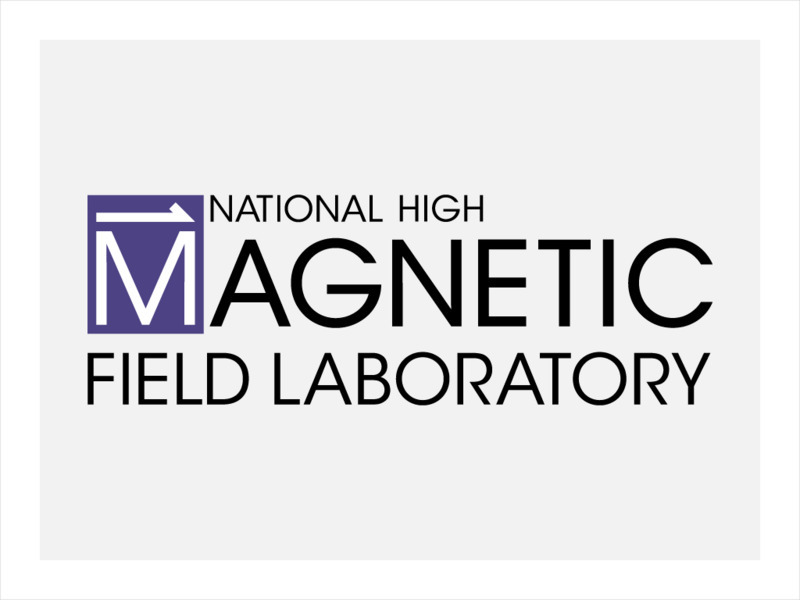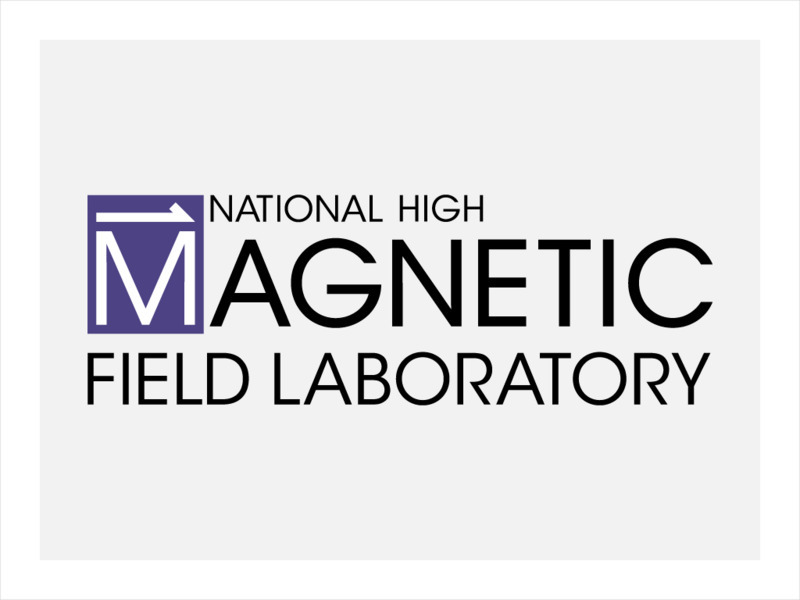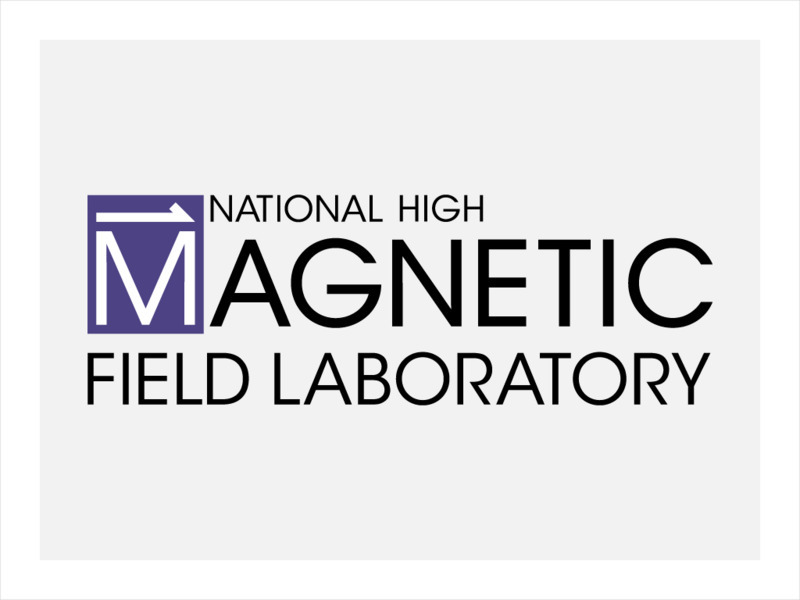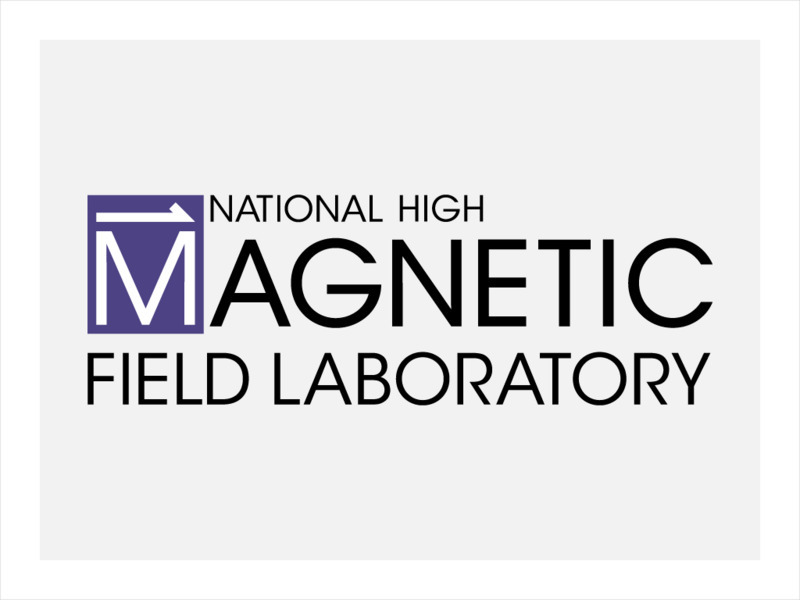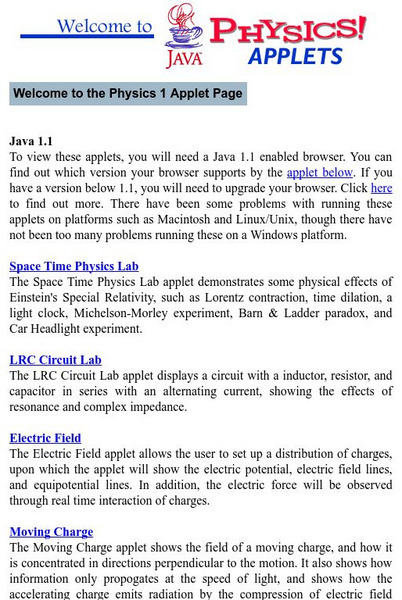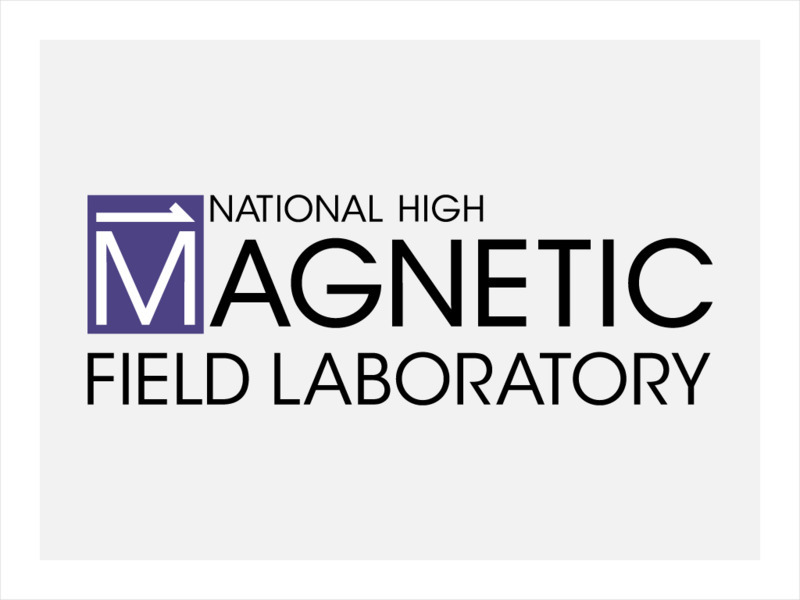National High Magnetic Field Laboratory
Magnet Academy: Timeline of Electricity and Magnetism: 1800 1819
Alessandro Volta invents the first primitive battery, discovering that electricity can be generated through chemical processes; scientists quickly seize on the new tool to invent electric lighting. Meanwhile, a profound insight into the...
National High Magnetic Field Laboratory
Magnet Academy: Timeline of Electricity and Magnetism: 1775 1799
Scientists take important steps toward a fuller understanding of electricity, as well as some fruitful missteps, including an elaborate but incorrect theory on animal magnetism that sets the stage for a groundbreaking invention.
National High Magnetic Field Laboratory
Magnet Academy: Timeline of Electricity and Magnetism: 1700 1749
Aided by tools such as static electricity machines and Leyden jars, scientists continue their experiments into the fundamentals of magnetism and electricity.
National High Magnetic Field Laboratory
Magnet Academy: Timeline of Electricity and Magnetism: 1890 1899
Scientists discover and probe x-rays and radioactivity, while inventors compete to build the first radio.
National High Magnetic Field Laboratory
Magnet Academy: Timeline of Electricity and Magnetism: 600 Bc 1599
Find out how humans discovered the magnetic lodestone as well as the attracting properties of amber. Advanced societies, in particular the Chinese and the Europeans, exploited the properties of magnets in compasses, a tool that makes...
National High Magnetic Field Laboratory
Magnet Academy: Timeline of Electricity and Magnetism: 1960 1979
Computers evolve into PCs, researchers discover one new subatomic particle after another and the space age gives our psyches and science a new context.
National High Magnetic Field Laboratory
Magnet Academy: Timeline of Electricity and Magnetism: 1940 1959
Defense-related research leads to the computer, the world enters the atomic age and TV conquers America.
National High Magnetic Field Laboratory
Magnet Academy: Timeline of Electricity and Magnetism: 1930 1939
New tools such as special microscopes and the cyclotron take research to higher levels, while average citizens enjoy novel amenities such as the FM radio.
National High Magnetic Field Laboratory
Magnet Academy: Timeline of Electricity and Magnetism: 1910 1929
Scientists' understanding of the structure of the atom and of its component particles grows, the phone and radio become common, and the modern television is born.
National High Magnetic Field Laboratory
Magnet Academy: Timeline of Electricity and Magnetism: 1900 1909
Albert Einstein publishes his special theory of relativity and his theory on the quantum nature of light, which he identified as both a particle and a wave. With ever new appliances, electricity begins to transform everyday life.
National High Magnetic Field Laboratory
Magnet Academy: Timeline of Electricity and Magnetism: 1600 1699
The Scientific Revolution takes hold, facilitating the groundbreaking work of luminaries such as William Gilbert, who took the first truly scientific approach to the study of magnetism and electricity and wrote extensively of his findings.
National High Magnetic Field Laboratory
Magnet Academy: How Potato Cannons Work
A slideshow carbo-loaded with information on how the pneumatic potato cannon works. [3:00]
National High Magnetic Field Laboratory
Magnet Academy: John Bardeen
John Bardeen was one of a handful of individuals awarded the Nobel Prize twice and the first scientist to win dual awards in physics. Both times, he shared the prize with others. The first time his co-recipients were Walter Brattain and...
National High Magnetic Field Laboratory
Magnet Academy: Electric Range 1892
From the Stone Age to today, the search is constantly underway for better, more efficient ways to cook food. Reflecting many of the advances in science and technology, the electric range has become a popular choice for homes and businesses.
National High Magnetic Field Laboratory
Magnet Academy: Mass Spectrometer (Single Sector)
Mass spectrometers are machines that give scientists a look at the composition and origin of a material by analyzing and quantifying its atoms and molecules. This tutorial shows how a single sector mass spectrometer works. (Java tutorial)
National High Magnetic Field Laboratory
Magnet Academy: Jean Charles Athanase Peltier (1785 1845)
Although he didn't start studying physics until he retired from the clock-making business at age 30, French native Jean Peltier made immense contributions to science that still reverberate today. Even with the primitive tools available...
Florida State University
Florida State University: Magnet Lab: Clean, Keen, Machining Team
The MagLab has its own machine shop, complete with an experienced, talented staff. These craftsmen collaborate closely with renowned scientists to create one-of-a-kind magnet parts that make possible experiments done nowhere else in the...
National High Magnetic Field Laboratory
Magnet Academy: Compasses in Magnetic Fields
Experiment with the compass in this tutorial to see how it responds to magnetic fields.
National High Magnetic Field Laboratory
Magnet Academy: Diamagnetism and Paramagnetism
Think iron, nickel and other "ferromagnetic" substances are the only ones with magnetic properties? In fact, everything reacts to magnetic fields in some way.
National High Magnetic Field Laboratory
Magnet Academy: Contracting Helix
This nifty device, a kind of precursor to the Slinky, demonstrates how parallel wires attract.
National High Magnetic Field Laboratory
Magnet Academy: Magnetic Resonance Imaging Mri
In MRI, magnetic fields and radio wave pulses combine to get a unique, and medically beneficial, response from your body's hydrogen atoms. Take a peek in this tutorial.
California Institute of Technology
Magnet Lab: Caltech Physics Applets
Although specifically designed for physics students at Caltech, anyone interested in learning more about electricity, magnetism or various other physical phenomena can benefit by exploring these interactive applets. A circuit tutorial...
National High Magnetic Field Laboratory
Magnet Academy: What Is a Cable in Conduit Winding Spool?
The Magnet Lab's magnet-building team has a way of customizing even the most straightforward tools of its trade, the cable-in-conduit conductor spool. This article explains the significance of this tool.
National High Magnetic Field Laboratory
Magnet Academy: Carl Friedrich Gauss
Although he is best known as one of the greatest mathematicians of all time, Carl Friedrich Gauss was also a pioneer in the study of magnetism and electricity. To facilitate an extensive survey of terrestrial magnetism, he invented an...



